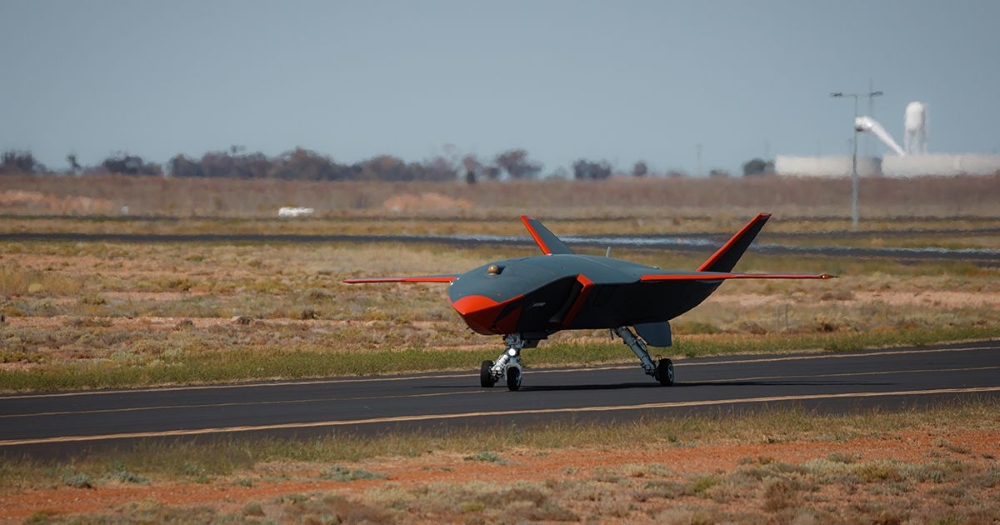
Boeing has announced the intention of “accelerating” a test firing of an unspecified air-to-air missile from the MQ-28 GHOST BAE, an event that could happen already late this year, or early in 2026 at the latest.
The announcement came directly from Steve Parker, interim president and chief executive for Boeing Defense, Space & Security, during a media roundtable at the Avalon air show in Australia.
It has not been decided yet if the aircraft employed will be one of the early Block 1 units or an improved Block 2. Australia procured a total of 10 MQ-28 in its first incarnation and ordered 3 enhanced “Block 2s” in the February of 2024. The delivery of the first Block 2 is expected later this year, growing the fleet to 11 machines.
The announcement is particularly significant because it partially “reverts” a loss of ambition on Australia’s side since the development of armed capability for the GHOST BAT was officially put on the backburner last summer, after the MQ-28 failed to be selected by the USAF for its Collaborative Combat Aircraft Increment 1 plans. Priority has been accorded to developing the MQ-28’s capabilities as flying sensor and EW platform, most notably with the recent selection of SRC Aus, an Australian company, for the supply of an innovative radiofrequency support payload.
Saab Australia, additionally, was selected to provide its integrated multi-channel communication system TactiCall.
Parker has said that the armed capability will still happen and that “eventually” the MQ-28 will integrate an internal weapons bay.
At the Avalon show it was announced that the fleet of MQ-28 aircraft have completed over 100 flights so far, proving autonomy algorithms and working on integrating artificial intelligence functions.
The GHOST BAT first flew in 2021 and Boeing continues to be confident that it will find success in Australia and beyond, even though the plans for a transition towards operational capability with the Royal Australian Air Force are not yet defined. The RAAF anticipates making its choices and communicating them to government within the next 12 months.
Unsurprisingly, Boeing anticipates these same 12 months being a busy period of demonstrations that will culminate in “mission-representative” sorties alongside RAAF and USAF aircraft. Demos with the E-7 WEDGETAIL and F-35 are already planned, as well as further work in the US, probably alongside F-15EX. One of the first demonstrations will of course revolve around data sharing between MQ-28 and manned aircraft.
In 2023, Boeing brought at least one MQ-28 to the United States for testing with the US Air Force (USAF) at the company’s US headquarters in St. Louis, Missouri, but the aircraft was not picked for the CCA program, although it might try again at a later date, beginning with the opportunity represented by CCA Increment 2.
Anduril and General Atomics, which are working on the first two CCAs selected for the US Army Force’s needs, in turn believe they have a chance to secure opportunities in Australia.








.png)
